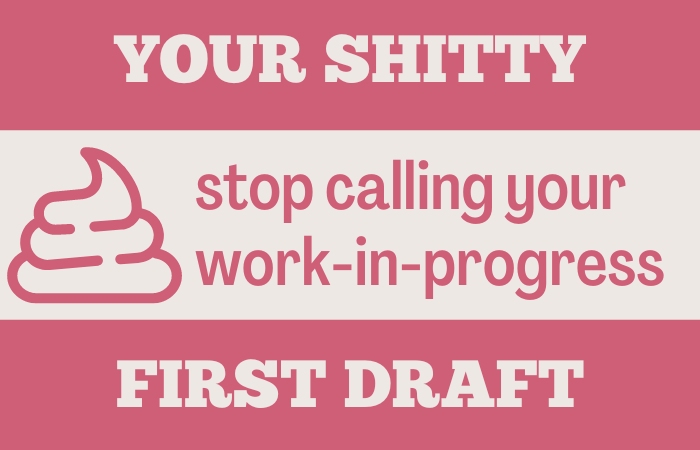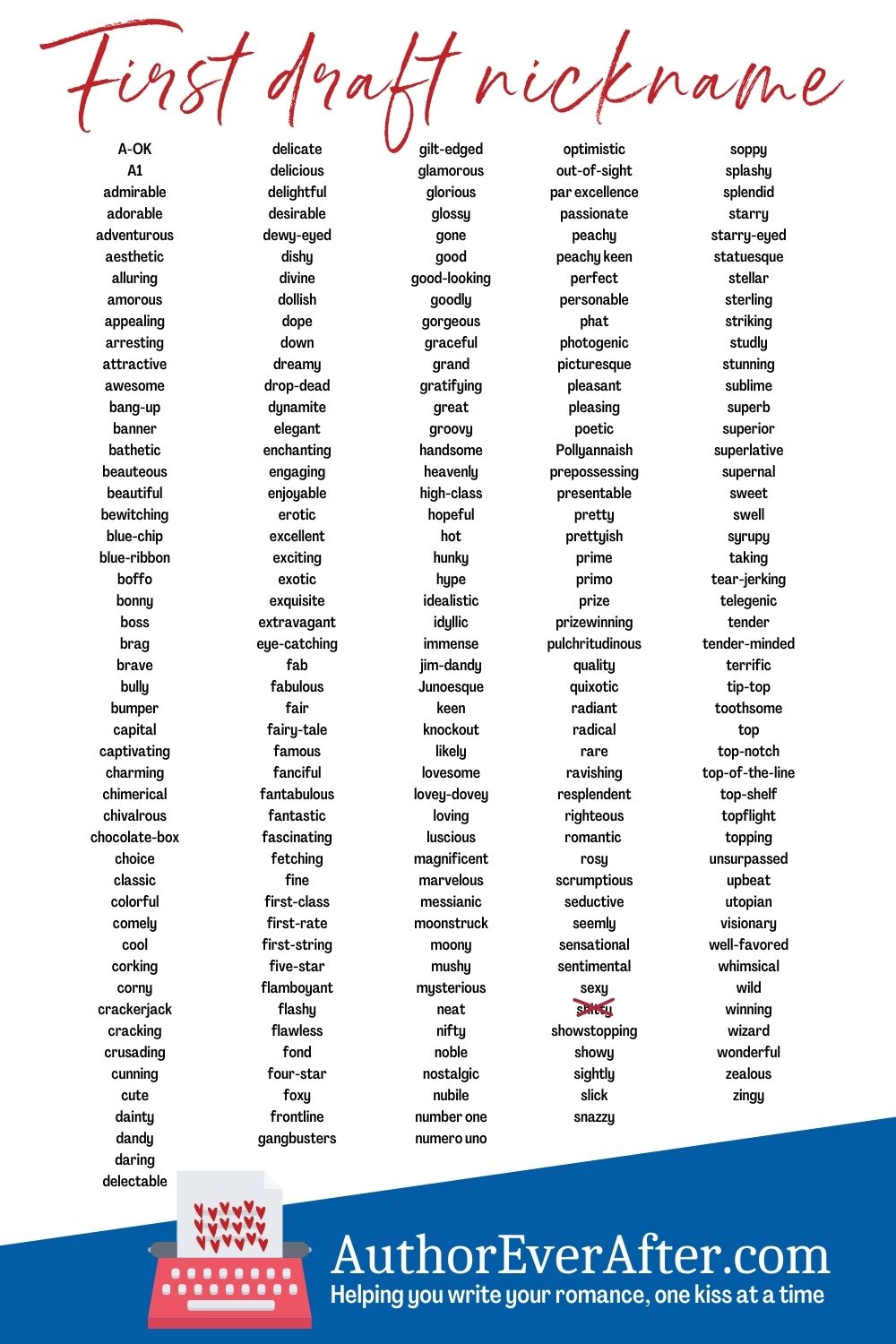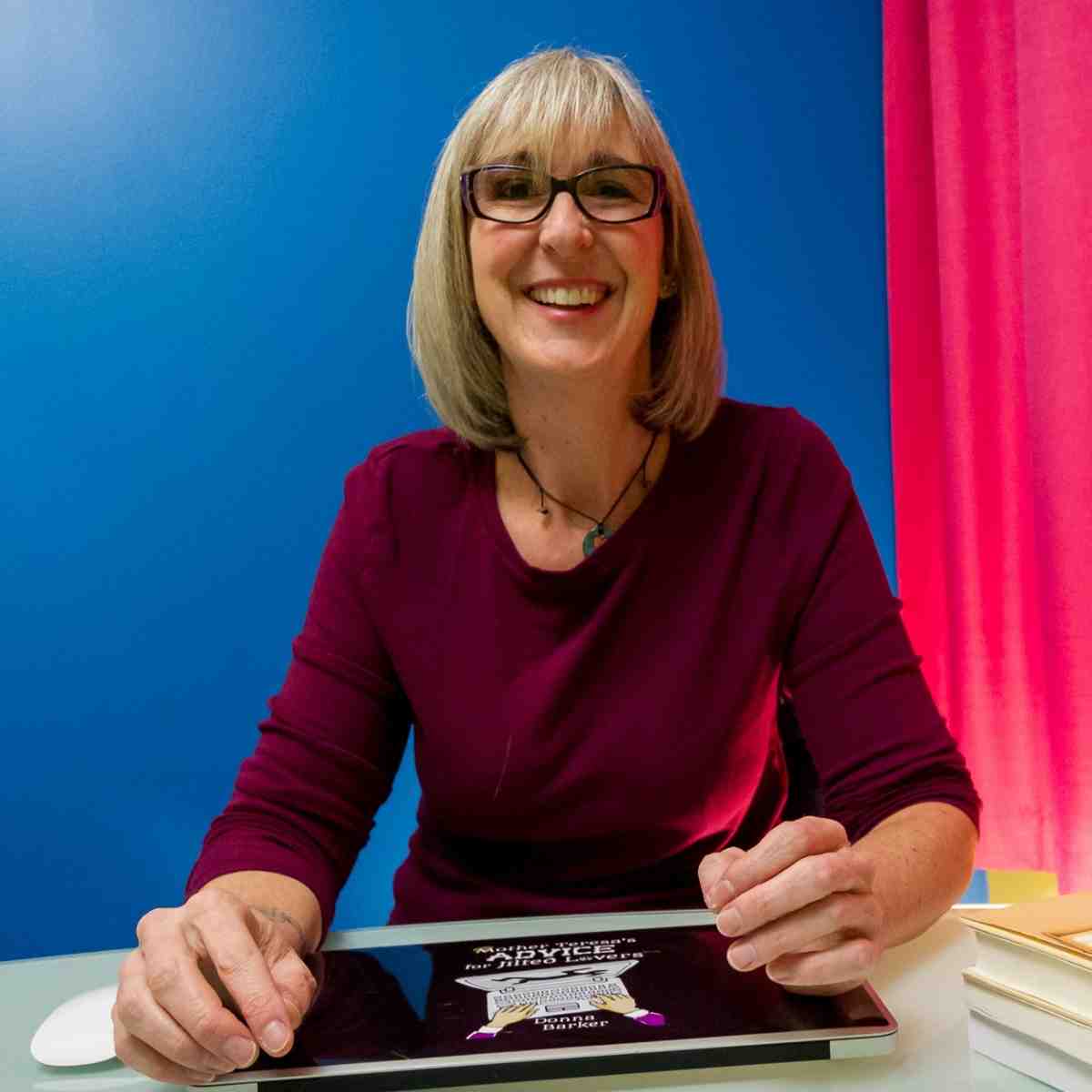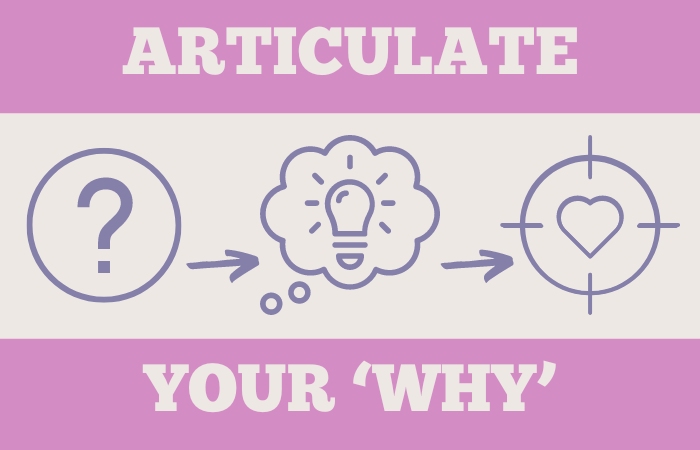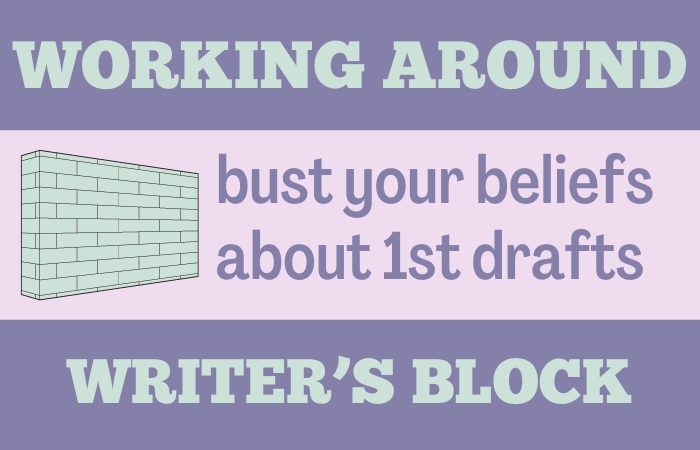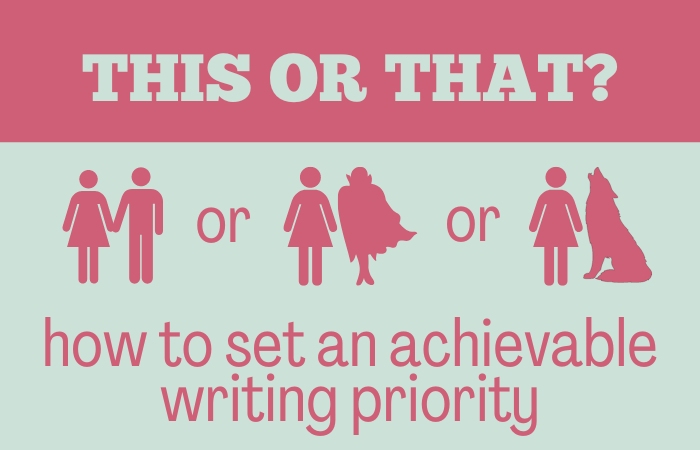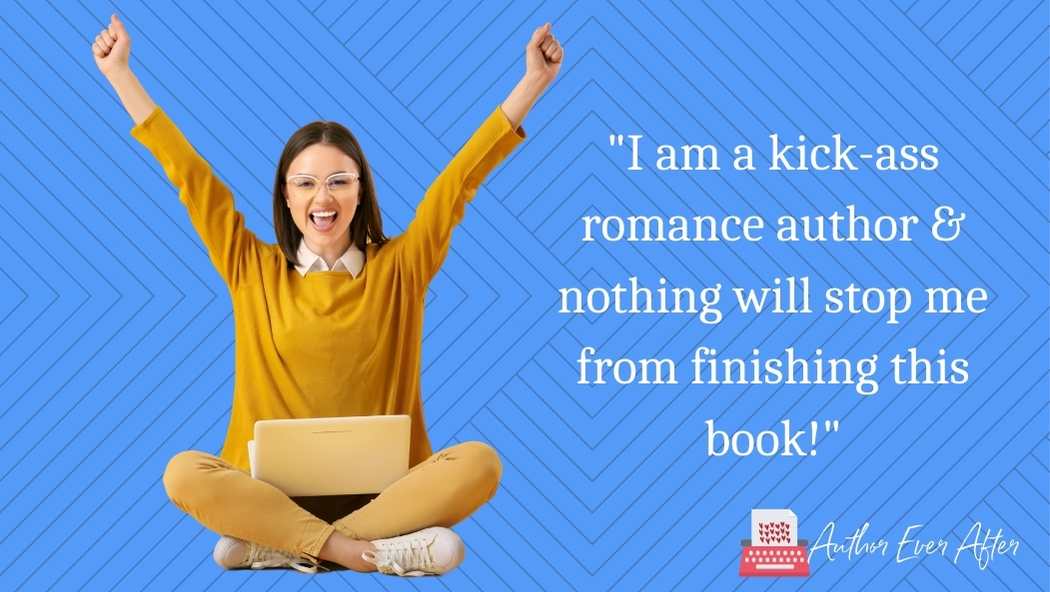1st person vs 2nd person affirmations
Ninety-six percent of adults (and one infamous Hobbit) speak to themselves, something social science researchers call ‘self-talk’. And although most of us use both the first-person (‘I’) and second-person (‘you’) when giving ourselves pep-talks, not until 2014 did a group of researchers decide to differentiate between first-person and second-person self-talk.
Lots of research has been done on the reasons we talk to ourselves and the impact it can have, but until then, the difference between saying, “I am a writer, or “you are a writer” to you yourself hadn’t been studied in much detail. This group of academics did distinguish and study the impact and found that the ‘person’ we choose with our self-talk has an impact on how successful we are using it.
While most of the affirmation exercises I’ve seen recommend writing 1st-person ‘I’ statements, the research clearly shows that in situations that challenge our self-control and self-regulation—like putting your butt in your chair and words on the page—use of the second-person pronoun is much more effective. For instance,
You are committed to your writing.
You need to stay focused. You can do it.
You can make this deadline.
One of the reasons it’s believed this approach works is due to socialization, the fact that we become used to responding to directions from people who have authority over us—parents, teachers, bosses. So, when we call on our inner ‘You,’ that second-person inner voice has more power over us than our inner ‘I.’
1st person vs 3rd person visualizations
The research above focused on people imagining themselves in the first- or second-person. But there’s another way to use ‘you’ when creating motivational statements. The ‘You’ of visualizing an outsider’s perspective to your actions can also have a positive influence on our follow-through with commitments.
In a study done about voter behavior during the 2004 US election, researchers Lisa Libby et all gave research participants one of two visualizations to perform:
One group was told:
You should picture doing the action from a first-person visual perspective. With the first-person visual perspective you see the event from the visual perspective you would have if the event were actually taking place. That is, you are looking out at your surroundings through your own eyes.
A second cohort was told:
You should picture doing the action from a third-person visual perspective. With the third-person visual perspective you see the event from the visual perspective an observer would have if the event were actually taking place. That is, you see yourself in the image, as well as your surroundings.
Participants were also asked to do a series of other tasks related to the visualization. And the results were conclusive:
“Picturing voting from the third-person perspective caused subjects to adopt a stronger pro-voting mind-set correspondent with the imagined behavior. Further, this effect on self-perception carried over to behavior, causing subjects who were instructed to picture voting from the third-person perspective to be significantly more likely to vote in the election.”
This research supports what M.D. Storms found in a 1973 study, “that actions are perceived to be more a function of the actor’s character when viewed from an observer’s perspective than when viewed from the actor’s perspective.”
It would appear that seeing oneself as the type of person who would engage in a desired behavior increases the likelihood of engaging in that behavior.
Are you a 1st- or 2nd-person affirmation or a 3rd-person visualization kind of writer?
The answer, like to most questions in life is, “it depends.”
1st-person affirmations work best when:
- you generally have positive feelings about the activity you’re undertaking or the goal you’re trying to achieve;
- you’re trying to create emotions and feelings.
2nd-person affirmations work best when:
- you need to distance yourself from negative feelings about a task or a goal;
- you need to strengthen performance, attitudes and behavioural intentions;
- you’re engaging in an action or a difficult challenge that requires self-regulation and self-control;
- you need to adopt a broader perspective.
3rd-person visualizations work best when:
- you need to adjust your self-concept to match a desired behavior.
Not sure what you need right now? Try this exercise.
1. Set your timer for 2 minutes and free-write in the first-person voice (I) exactly what you’re thinking, hearing, feeling, believing about the quality of your writing, your writing habits, etc.
2. Imagine you’re inside your own head looking at yourself. Set your timer for 2 minutes and free-write in the close second-person voice (you) exactly what you need to do to become the writer you aspire to be. Focus on behaviors and actions.
3. Imagine you’re a distant observer of yourself. Set your timer for 2 minutes are free-write in the distant second-person voice (you) about the kind of person who is the kind of writer you aspire to be. Focus on attitudes and values.
4. Review the three exercises. Which affirmation or visualization approach do you intuitively feel or know will be the most useful to you right now?
5. Write down an affirmation or imagine a visualization that matches your need.
